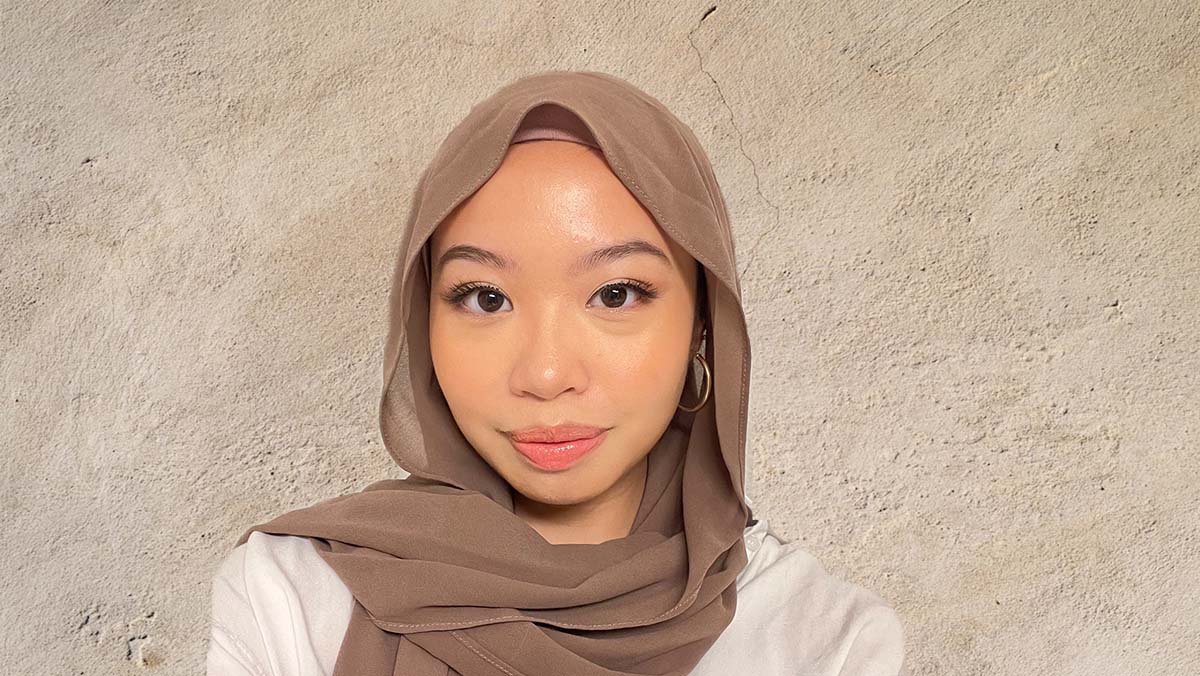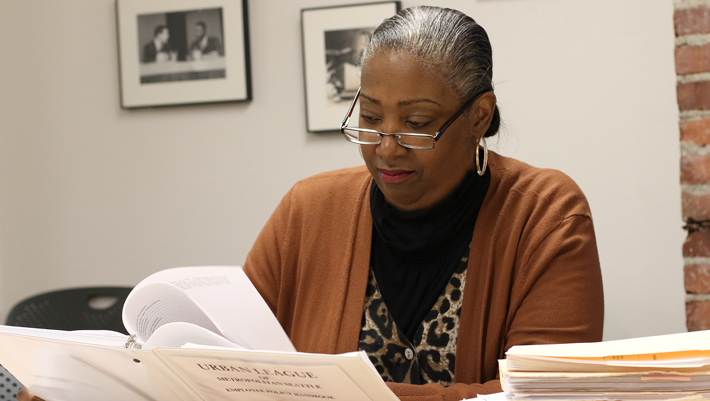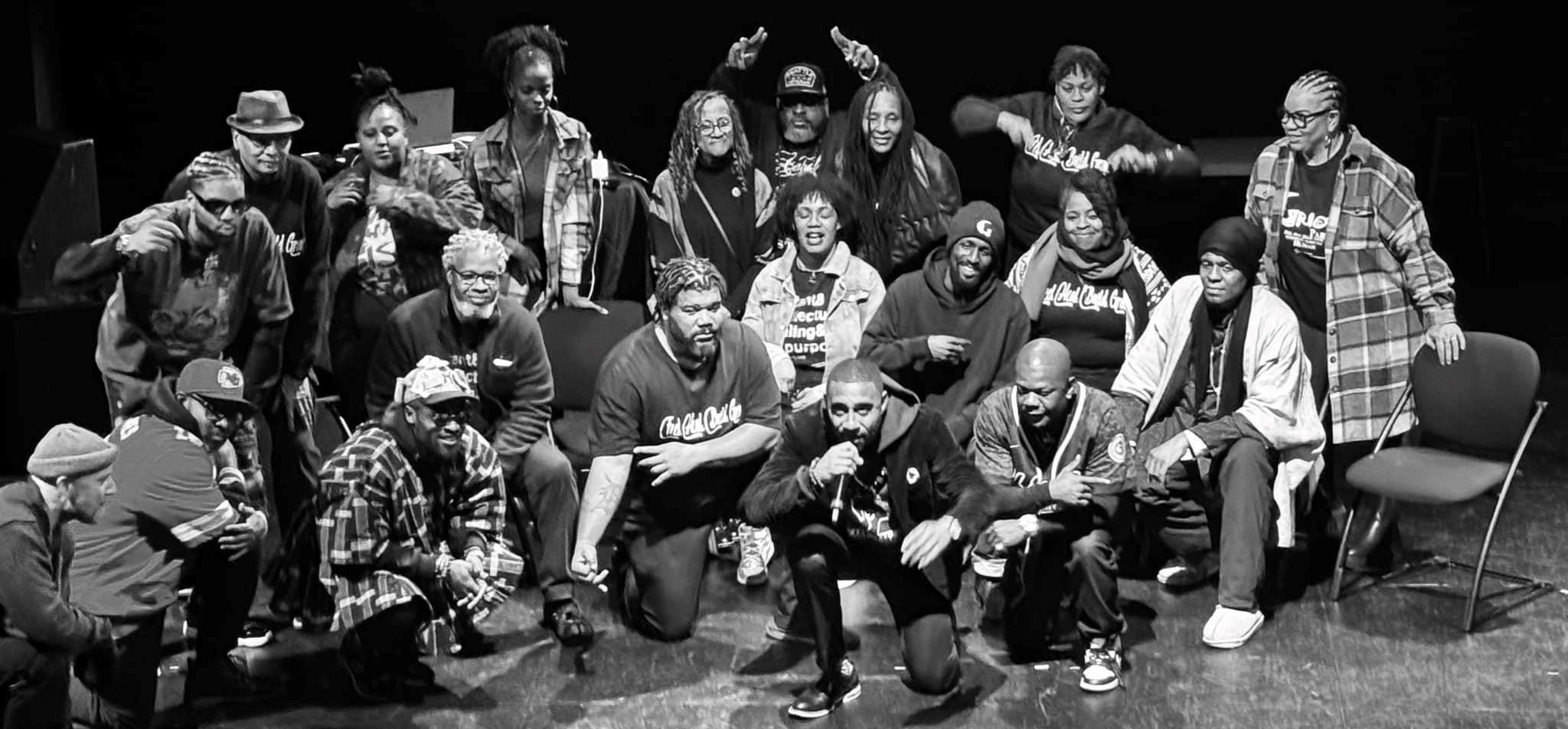
In celebration of Asian American Pacific Islander (AAPI) Heritage Month, we connected with Community Liaison Sabreen Abdullah to get to know a little bit about her and the Cham community.
Can you tell us a little bit about yourself and your work as a community liaison?
I am a Community Liaison for the Cham community. I have been a liaison for three years and have been able to provide City resources to my community and elevate the voice and needs of the Cham community. This work has been very valuable because it provides an underrepresented group within South Seattle that has been here for over 30 years an opportunity to provide input to the City. It is a great honor!
One of the things that drew me to this work is that I am very community-oriented. I studied community health at university and have been a volunteer at the Cham Refugees Community, creating events and services since I was young, and I noticed that there was a gap in resources. In school, when I was working on the college activities board, I realized how they were very structured and organized; they had a lot of funding and developed programs. When it came to organizing within my own community, there was a lot to be figured out as I went. Even organizing something as simple as a career exploration fair, I had to learn from scratch because there weren’t any previous resources. This is why I was excited to work with the City as a Community Liaison, so I could bring opportunities and support to the Cham community without having to build them from the ground up.
As a smaller Asian American and Pacific Islander (AAPI) community, some folks may be unfamiliar with the Cham people. Can you talk a bit about the Cham community?
The Cham people are an ethnic group from the Champa Kingdom in Southeast Asia, originally in the location of modern-day Vietnam. After the kingdom was lost and taken over, it basically went into the Asian diaspora story where a lot of people had to migrate to other parts of Asia like Thailand, Malaysia, Cambodia, and Vietnam. Some went even further, to the west coast of the United States like Seattle and California, as well as Australia and France. Here in Seattle, Cham people have been part of the community for over 30 years. We are majority Muslim and our native language is Cham. The cool part is that the Cham Refugees Community started because there was a need for masjid for prayer in Seattle, especially in South Seattle. People didn’t have a place in their neighborhood that they could call a community center, or place of worship. A few people came together to purchase a home and turn it into a place of prayer for not only Cham people, but many other Muslim communities as well. The Cham Refugees Community was one of the first masjids that opened in South Seattle.
There is a very limited documented history of the Cham American Experience. This thesis titled Negotiating (In)Visibility in the Cham American Diaspora by Asiroh Cham provided me with my own deeper understanding of Cham history as well.
What does it mean for you to be Muslim and Asian American?
I find it amazing that people within the AAPI community are sometimes surprised that there are Muslims within their community. I remember growing up and having somebody ask me “so if you are Muslim, does that mean you are not Asian?” as if they aren’t two things that can exist together and be part of the intersecting identities that we all hold. It’s interesting because one of the biggest Muslim countries is in Asia – Indonesia. I feel like it really stems from the lack of understanding about Islam and the Muslim community as a whole and a mindset that people who are Muslim are mainly from the Middle East and East African countries. The Muslim community is represented in media with the single archetype of being from a certain ethnic background and always playing the villain. They are never portrayed as the hero or the healer. So, for our community members, our neighbors, that’s how we are presented.
There is a misunderstanding about the diversity within the Muslim community and intersecting identities that include AAPIs and people who have converted to Islam. It’s wild that people just try to fit other cultures into these neat little boxes.
What does AAPI Heritage Month mean to you?
It seems like Asian hate and violence toward AAPI people is something that is deep-rooted in American media, so I hope that through this month people choose to educate themselves about different AAPI cultures and learn about the issues that are affecting AAPI communities and how they can help speak out against them. I feel like this month can be a great self-reflection of one’s own unconscious bias and how media, stereotypes, and single stories can influence how people perceive and speak about AAPI communities. I struggle a bit because the term AAPI is so broad. It’s great, but it is very similar to the term “people of color” where it is sort of just a blanket term and within it, where does everyone fall? Where does the Cham community fall? What is the majority that is represented in the Asian American community? It’s hard to acknowledge the vastness of cultures with the phrase.
For me, because there is no physical place, or a spot on a map, that symbolizes “home” or what Cham culture really is, I feel like what makes me feel connected to being a Cham woman in Seattle is visiting places where the culture is shared. Whether it is through food, community gatherings, or just being around members of the community. One example would be visiting Cham-owned restaurants in Seattle. We have a really great history of Cham people opening restaurants, and it’s a really great way to showcase culture through food. Places like Olympic Express, Eyman’s Pizza, or Salima Specialties are places where Cham people can showcase their presence and their culture. They are not only Cham-owned, but also Muslim-friendly. Being Halal, they become a hub for the Muslim community because we don’t have to worry about what we order, we can just get whatever we want.
To learn more about our Community Liaisons visit: www.seattle.gov/neighborhoods/community-liaisons


